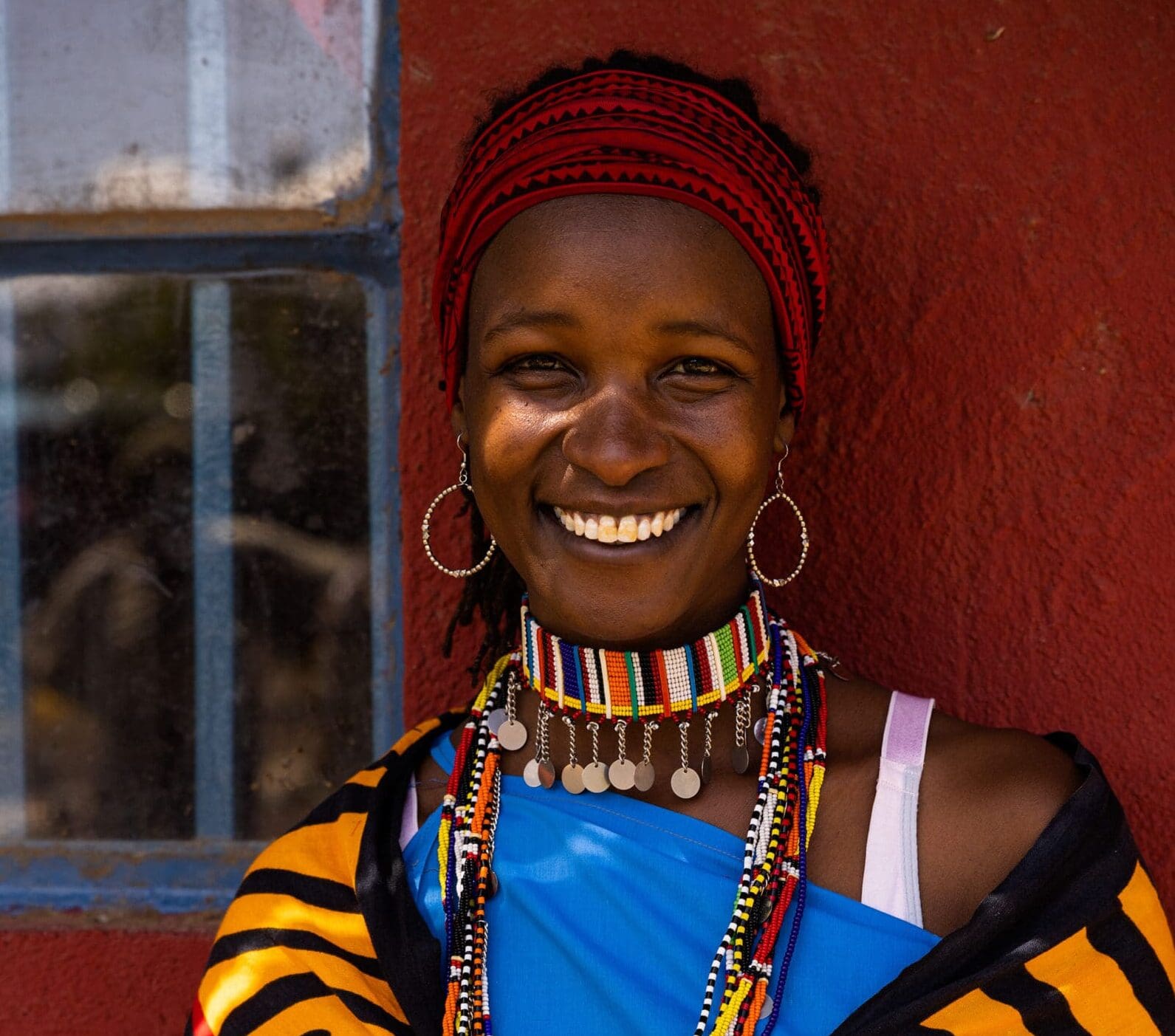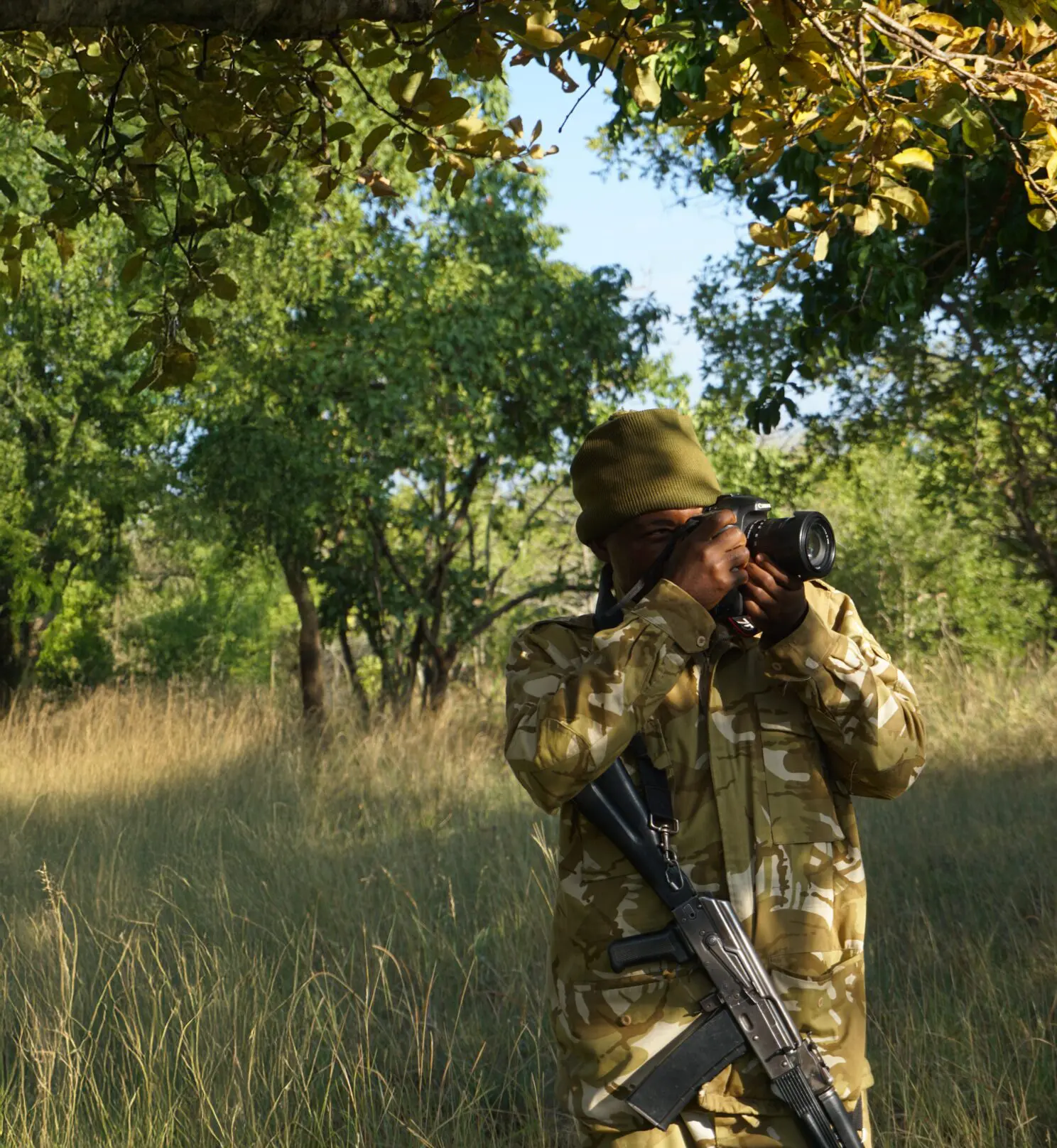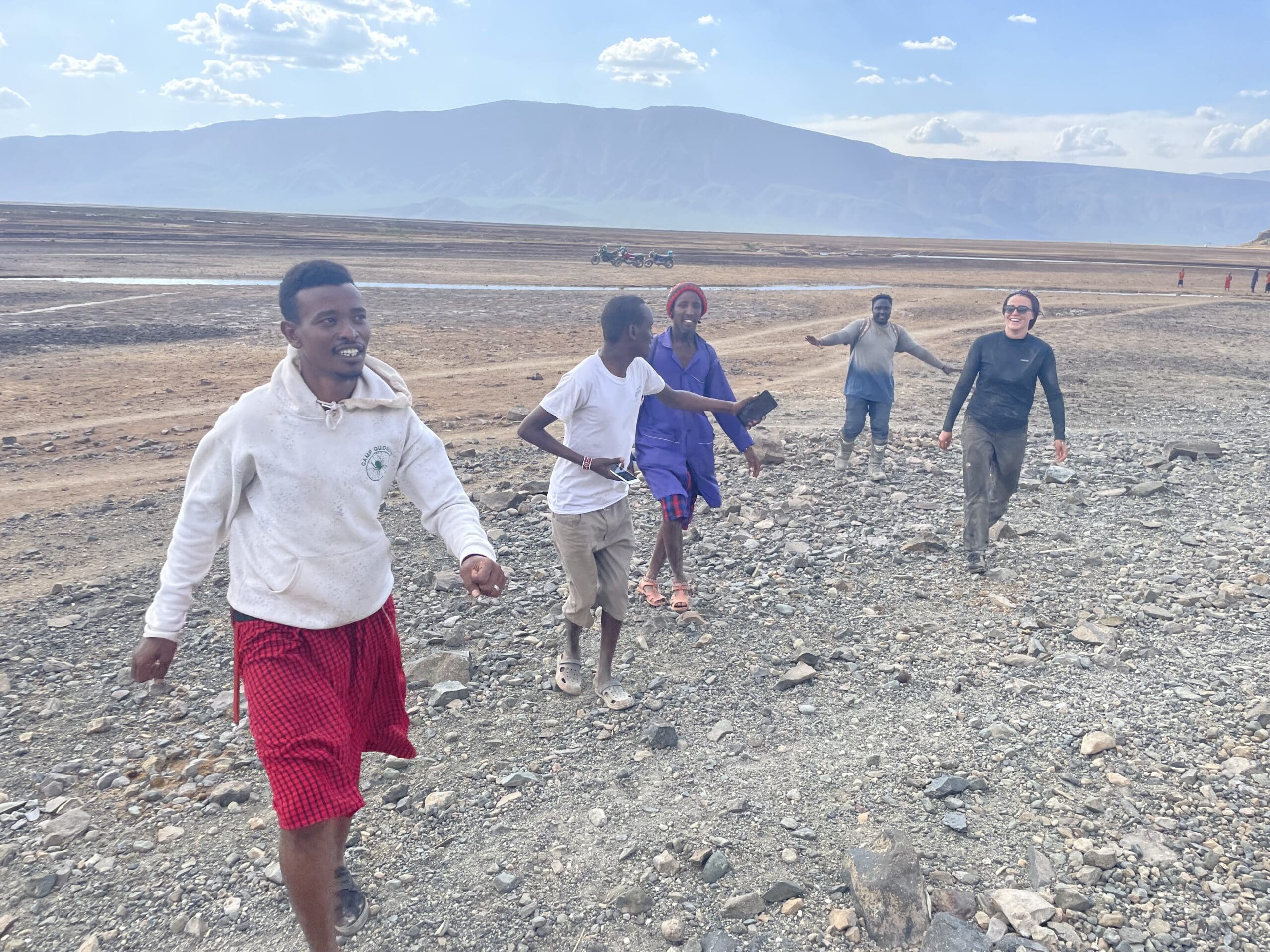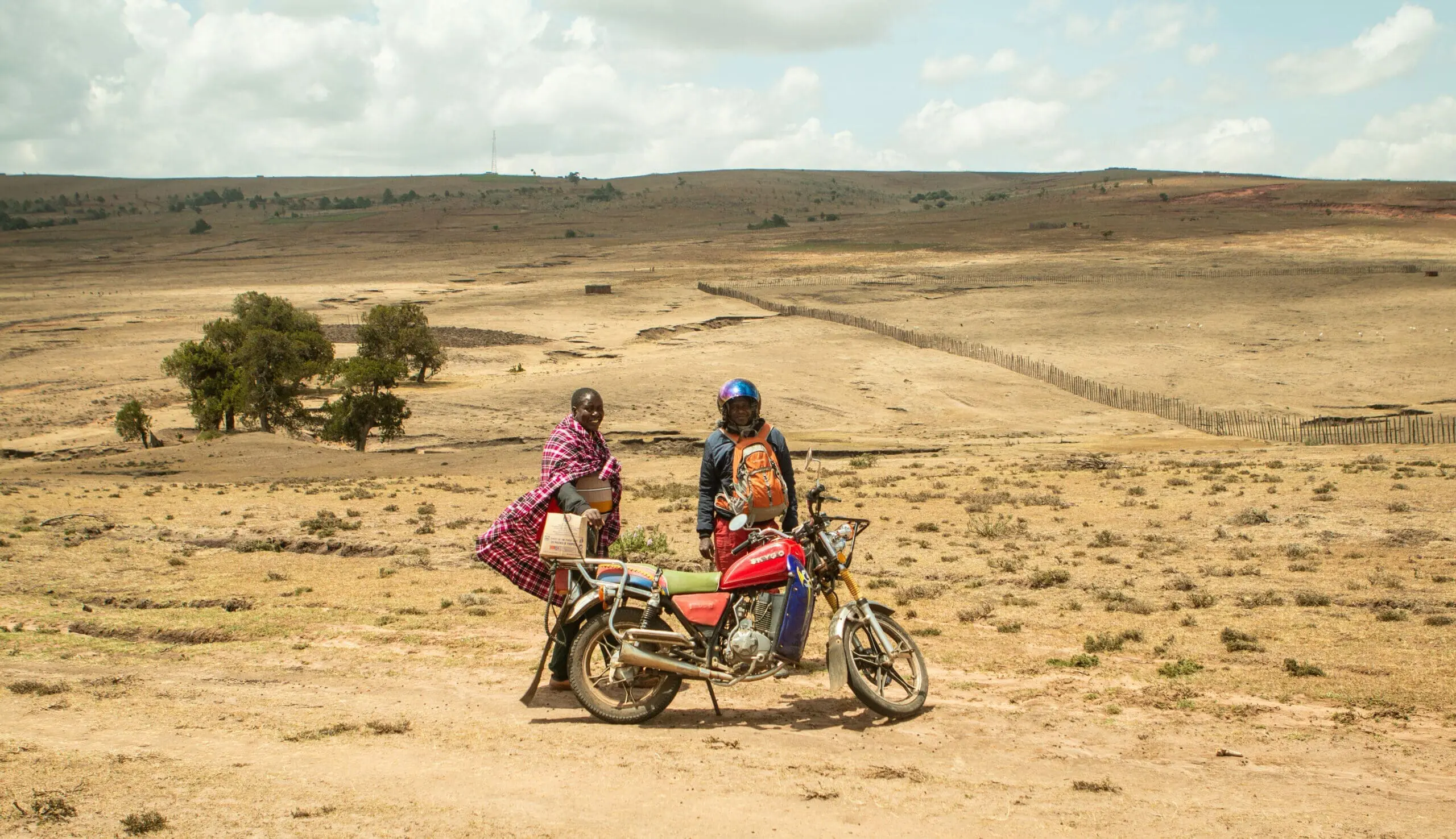About the series
In four episodes, the mini-series
Chimp Empire takes you to the
Ngogo jungle in Uganda. This jungle spans an impressive 12 km² and is home to the largest group of chimpanzees researchers have ever seen. While most chimpanzees live in groups of 50-60, this group consists of a family of around 120 chimpanzees. It's a crazy world full of family conflicts, impressive history, and even an impending ape war. It’s like occasionally watching my favourite series
GTST, but with furry main characters.
The Ngogo-tribe
For over 30 years,
the Ngogo tribe and their adventures have been closely followed and documented by dedicated researchers. Netflix even showcased footage from 1993 captured by them. With all this information at our fingertips, we now have access to family histories, chronicles of the past, and even documented conflicts within the clan. The tribe lives according to a hierarchy, with a 31-year-old alpha male reigning like a king, but there are also outsiders trying their best to be accepted by the family.
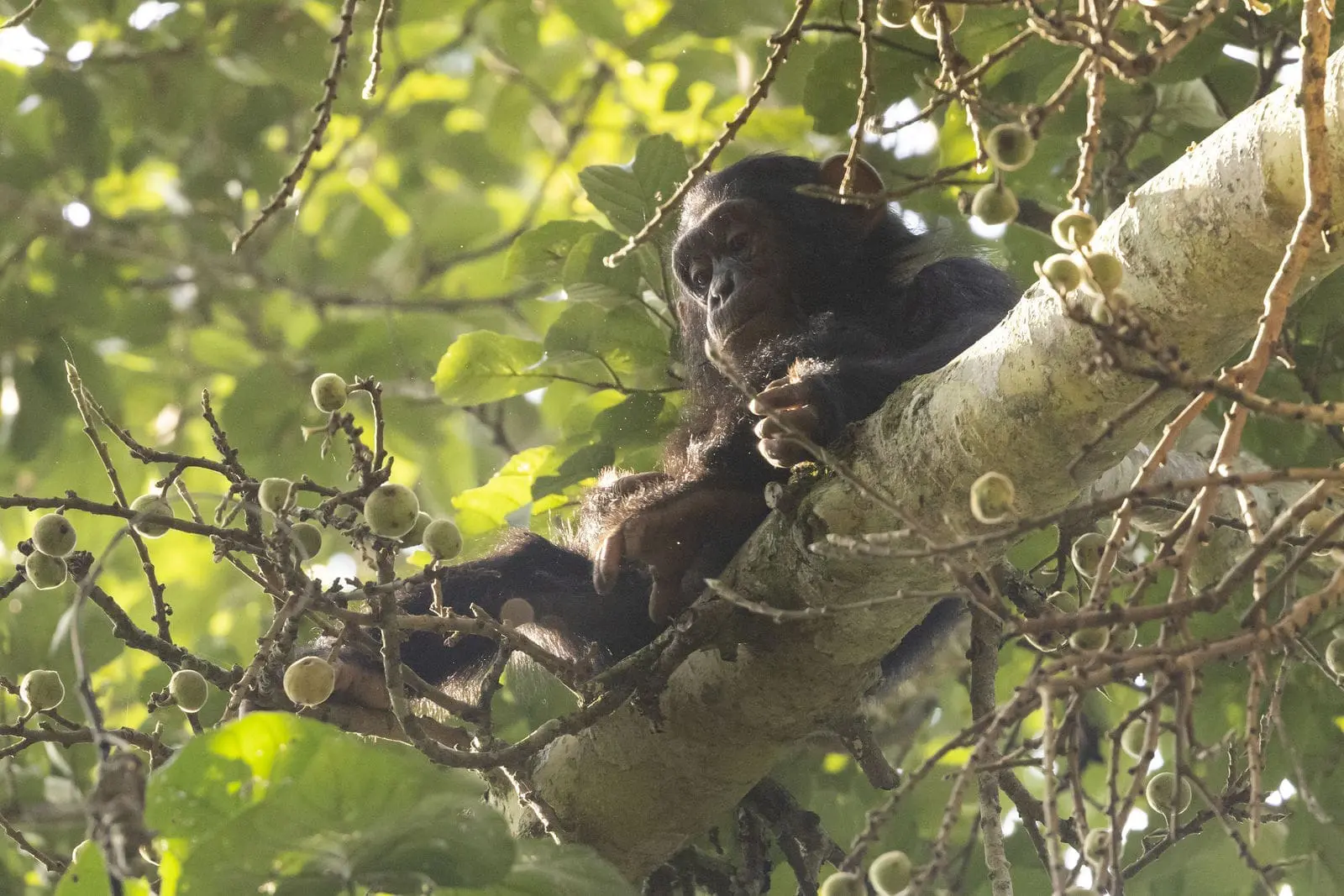
First birthday gift: a name
The researchers gave each chimpanzee a name, but the rule of thumb was not to name a chimpanzee until they turned one year old, as the mortality rate in the first year is quite high. After this year, the chimpanzee gets its own name. I found myself realising that, after watching the four episodes, I developed certain preferences for the different apes – it's quite interesting how you project your own human emotions and preferences onto these chimpanzees.
Chimps and humans: far away or close?
We currently share 98 percent of our DNA with chimpanzees, yet I find it bizarre how different we humans are, despite the close connection with chimps. Chimps, like humans, can form emotional relationships, but for them, this only applies to other chimpanzees within their tribe. Any chimpanzees outside their tribe are seen as resources they can kill to expand their territory and gain more access to food.
To me, it’s incredibly strange and incomprehensible that one could take another’s life without any emotion. But then again, I’m a human with the privilege of not having to fight for food. However, when you consider that they might be a glimpse of our distant ancestors, you truly realise how much evolution we’ve gone through with our submarines and rockets.
Psst... fun fact in between: Chimps recognise each other by their behinds, just like we recognise each other by our faces.
Are chimpanzees really that smart?
A central point of the documentary is showing how advanced their social hierarchies are. They have complex relationships, politics, clear gender roles, and different levels of power struggles and status. We know they hold grudges and, like humans, form different groups.
After watching the entire documentary, I’m curious about how quickly we could accelerate chimpanzee society just by showing them a few things. What if we taught them how to make fire and tools? If we gave them a good head start and then left for a while, it would be interesting to see where they stand in their own development. Maybe in a few years, those same chimps might be making submarines and rockets too. Who knows.
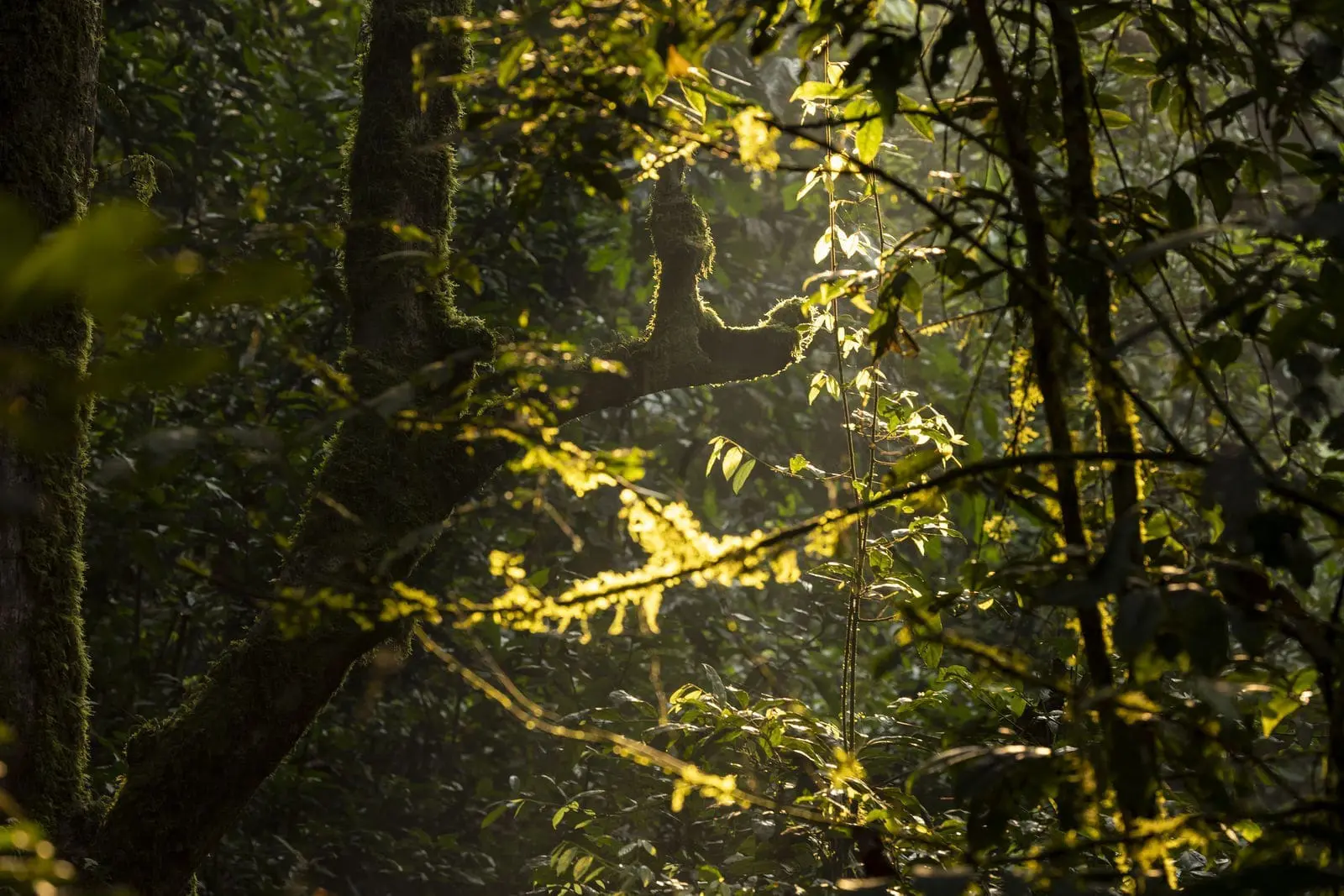
Chimp trekking in Uganda with Charlie's Travels
Did
Chimp Empire on Netflix leave you excited to see these chimpanzees in real life? We totally get it. A glimpse into the lives of the chimps is impressive on screen, but seeing these fascinating creatures in person is a whole different experience! That's why we invite you to leave the screen behind and immerse yourself in the beauty of Ngogo, Kibale, or Kalinzu Forest on an unforgettable chimp trekking adventure with Charlie’s Travels.
Imagine stepping into the dense jungle, letting the sounds and smells of nature surround you. Your heart races as you come face to face with a curious chimpanzee, skillfully swinging through the trees. These authentic encounters will leave a lasting impression of these beautiful beings and their natural habitat.
What does a chimpanzee trekking with Charlie’s Travels look like?
The chimpanzee trekking is for everyone aged 12 and above. You can see the chimps in multiple locations across Uganda, including the now famous Ngogo Forest in Kibale, Kalinzu Forest, and Kyambura Gorge. Prices for a chimp trekking range from USD 50 to USD 200, depending on the chosen forest. Once the trekking begins, it may take 5 to 6 hours to find the chimpanzee family, but it’s also possible to spot them within an hour. Once you’ve found them, you’ll have an hour to admire the chimpanzees in their natural habitat. Believe us, you’ll be amazed at how much these beautiful animals resemble us humans.




